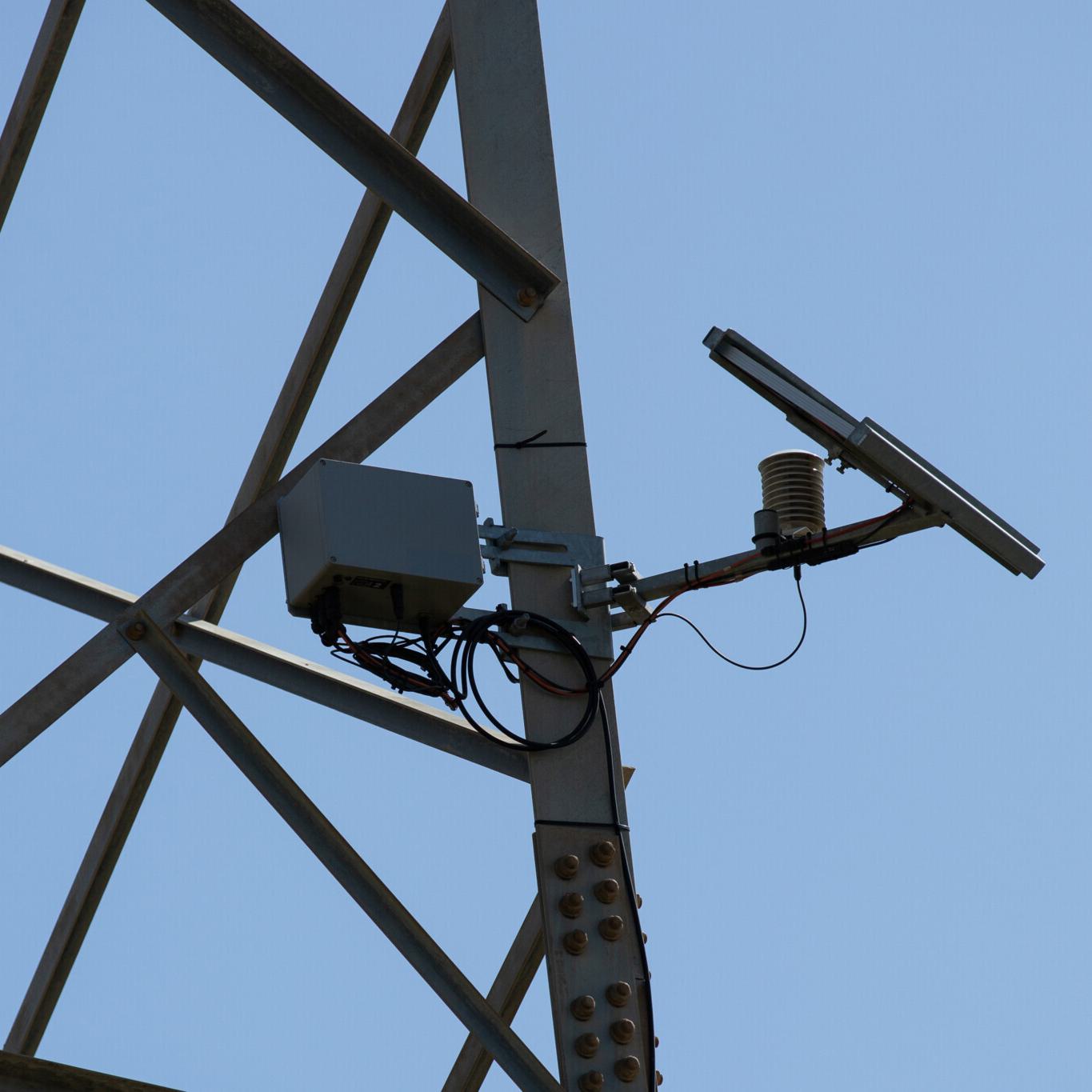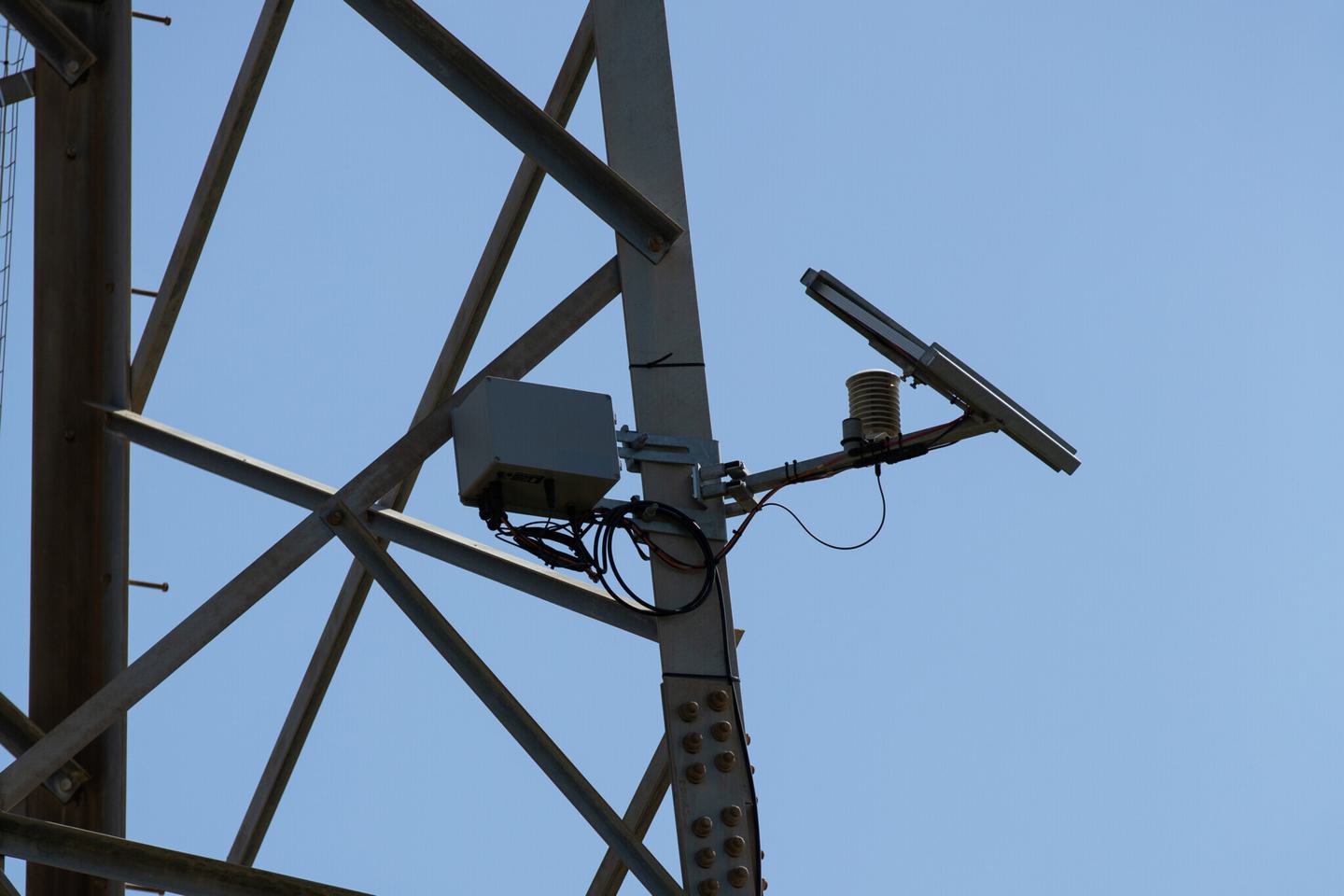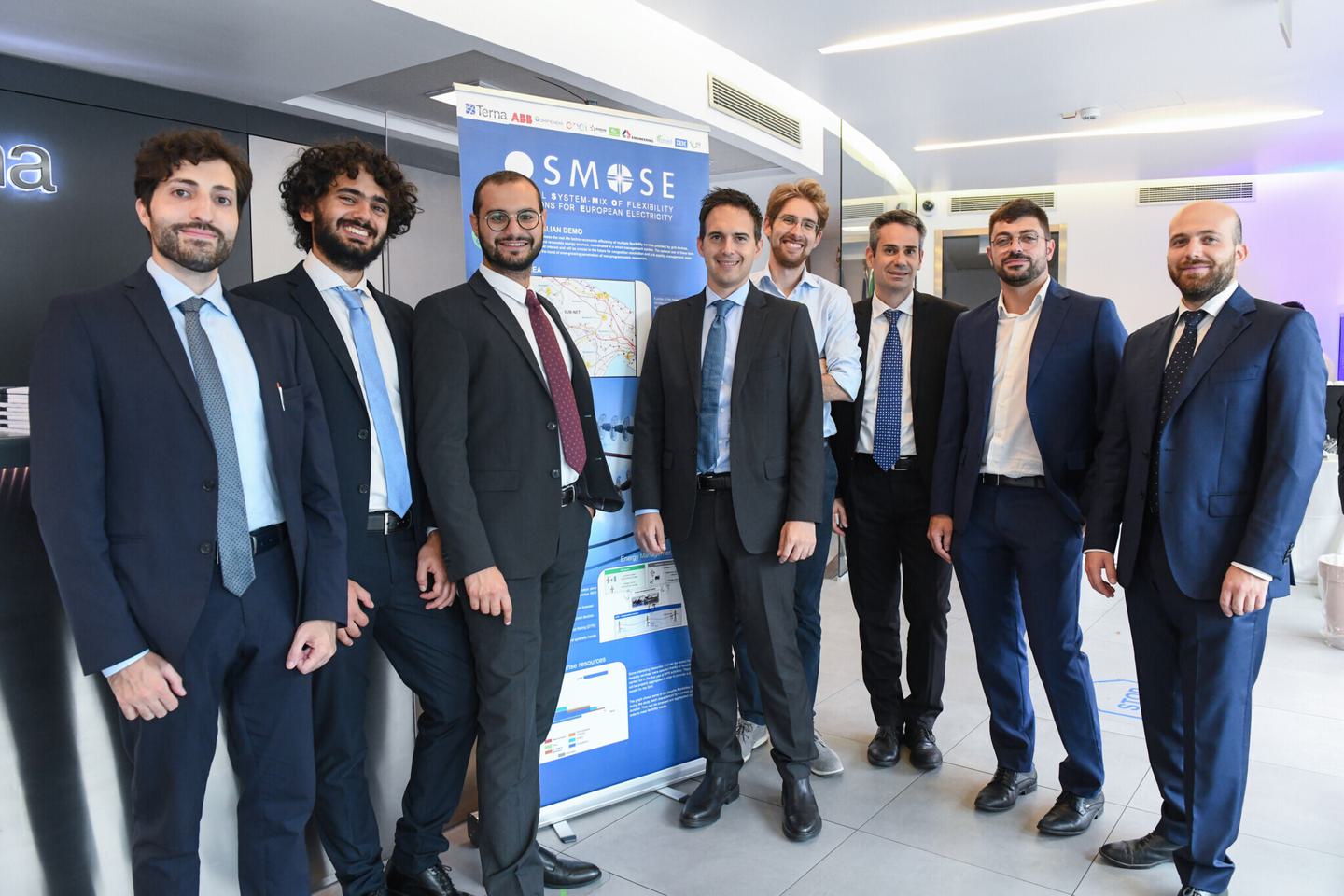New scenarios and challenges for energy transition were the focus of the workshop Research and the role of Flexibility for the Electricity System: the OSMOSE Project, hosted by Terna on 15 September in its Rome auditorium and streamed on the web. The day was dedicated to the most significant topics and results from the OSMOSE Project, conducted as part of the European Horizon 2020 programme thanks to an investment of over €27 million.
The purpose of the testing was to tackle the management difficulties and the discontinuity of renewable energy sources by studying methodologies and instruments to increase their usability for the grid as much as possible. In order to integrate the production of renewables, it is necessary to increase the flexibility of the grid and the electricity system. This is reflected in the project acronym OSMOSE (“Optimal System Mix of Flexibility Solutions for European Electricity”), which sees the Italian national transmission grid operator at the forefront for Italy, along with research centres, universities and businesses. The convention opened with an address from Luca Marchisio, System Strategy Manager at Terna, on the role of flexibility for the electricity system and the challenges to be faced by 2050, including the security, resilience, planning and stability of the system itself.



